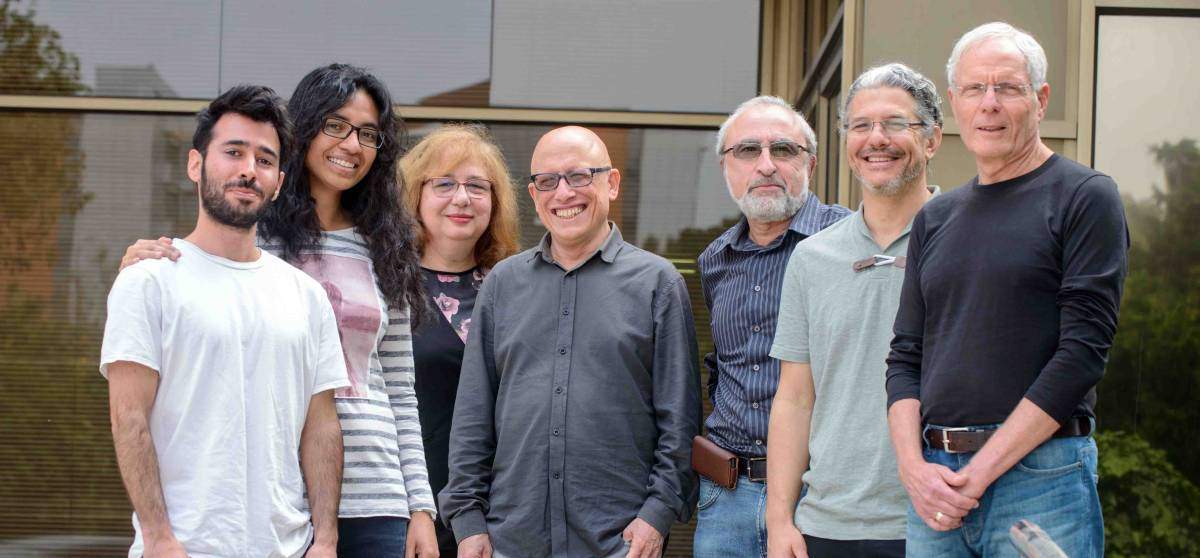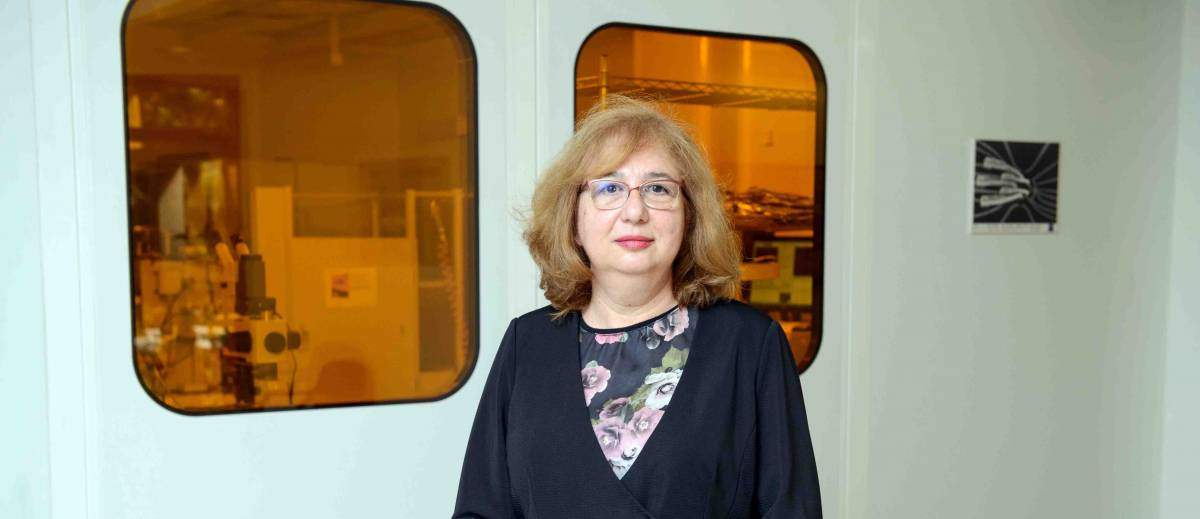Proving a 20-year-old theory, scientists show that imaginary particles carry the same energy as real ones

It was just after midnight when the phone rang in the home of Prof. Moty Heiblum. On the other end, postdoctoral fellow Dr. Mitali Banerjee, of his group in the Weizmann Institute of Science’s Condensed Matter Physics Department, had two words: “It worked.” That moment was the culmination of two years of research in which, according to Banerjee, “Moty worked long nights in the lab, as if he were still a young student.” The result: The group proved that the heat – in other words, the thermal energy – that various imaginary particles (quasi-particles) carry is limited by the same universal value as that carried by real, everyday particles, such as electrons or photons.
The new findings build on a series of previous discoveries by Heiblum and his colleagues. These findings provided experimental proofs of, for example, a theoretical prediction (which would later garner its formulators a Nobel Prize) of the existence of “imaginary” or “quasi”- particles, each of which carries a charge that is a fraction of that of a normal electron. Special imaginary particles appear in so-called quantum Hall systems; and the first ones that Heiblum and his colleagues identified carry charges of a third, a fifth or a seventh of the electron charge. These imaginary particles acted as real electrons, just with different charges. In continuing research, the researchers identified a different type of imaginary particle, this one with a quarter of the normal charge – that is, with an even, rather than an odd, denominator. Further experiments led them to the discovery of yet another type of imaginary particle that had been predicted by theory – particles with no charge at all (in other words, neutral particles) that move in the opposite direction to that of the electric current.
This provable quantum phenomenon conflicts with the general understanding of classical physics
One of the most outstanding properties of the quantum Hall effect – and thus of the fractional quantum Hall effect – is that the electrical conductance, which can be measured accurately, is found to be quantized – namely it has only exact amounts (based on the electric charge and the Planck constant). These amounts are measured with an accuracy that deviates by less than one billionth. But will this property – the existence of such well-defined amounts of conductivity – also be a property of the heat conductance in the system?
In another theory, proposed around 20 years ago, freely-moving quasi-particles in systems in which they do not meet any resistance – electrons, photons, phonons, etc. – carry energy in fixed “packets” or “quanta.” Heiblum, theoretical physicists Profs. Adi Stern and Yuval Oreg, members of Heiblum’s lab and Prof. Dmitri Feldman of Brown University, in Providence, Rhode Island, wanted to test the theory and check whether the energy of imaginary particles of all the types they had discovered carry energy in this way – independently of their fractional or neutral charges.

The team, including staff scientists Drs. Vladimir Umansky and Diana Mahalu, and research student Amir Rosenblatt, showed that the energy carried by the quasi-particles is, indeed, measured in a fixed quantity: the quantum of thermal conductance. This quantum is universal – depending only on Boltzmann (kB) and Planck (h) constants and the numerical value of pi (p).The team managed to create a situation in which some of the opposite-propagation neutral particles carried more energy packets than those of the electrons, and thus the net energy in the system was carried in the opposite direction to that of the current flow. This provable quantum phenomenon conflicts with the general understanding of classical physics.
This new understanding of how energy, or heat, is carried within a quantum system and how it can be measured adds knowledge that had been unobtainable until now. Now that it is possible, says Heiblum, the way will be paved for more experiments of heat transport that may reveal more on the nature of quantum phenomena.
Prof. Moty Heiblum’s research is supported by the Benoziyo Fund for the Advancement of Science; the Joseph H. and Belle R. Braun Center for Submicron Research, which he heads; and the Gruber Center for Quantum Electronics, which he heads. Prof. Heiblum is the incumbent of the Alex and Ida Sussman Professorial Chair of Submicron Electronics.

Recent Comments